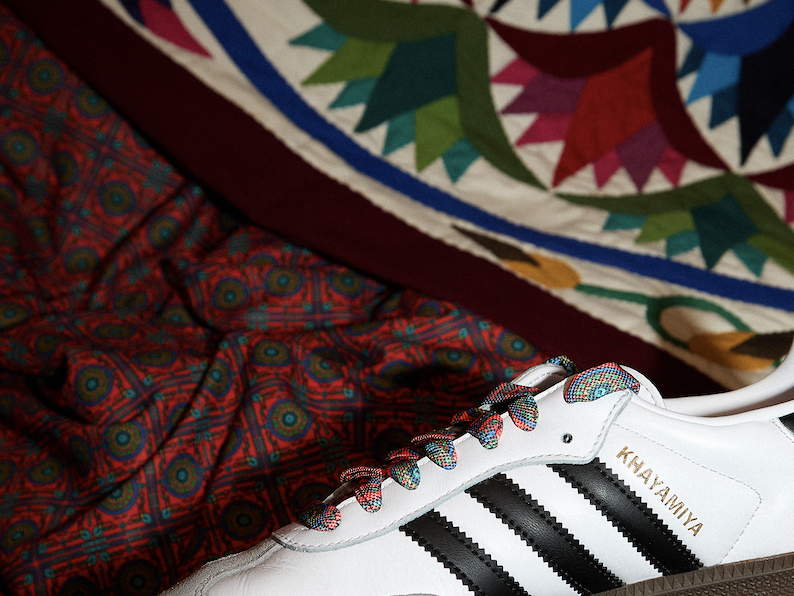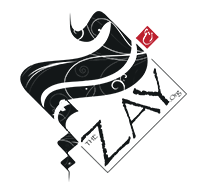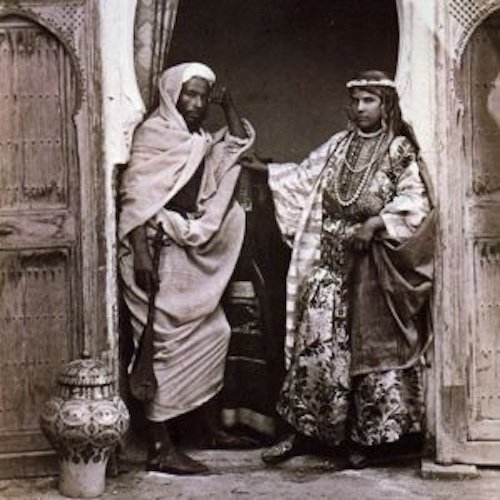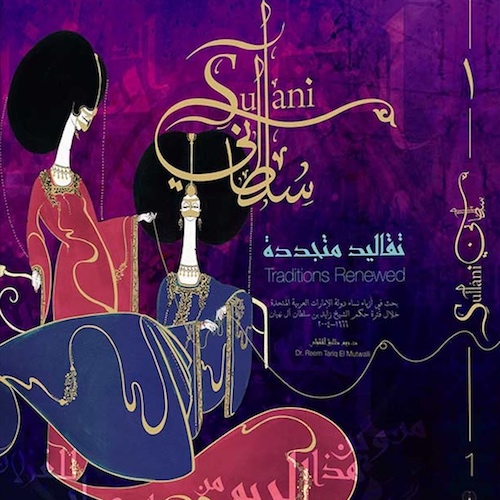
Latest Blog

The Loomhood Collection: Weaving Heritage and Community Together (Part i)
Launched in April 2025, adidas’ latest initiative builds meaningfully upon its earlier project, Old Jumeirah — a campaign that championed the spirit of community, heritage, and the enduring legacy of craftsmanship. This new chapter deepens that narrative by spotlighting the neighbourhoods that...


